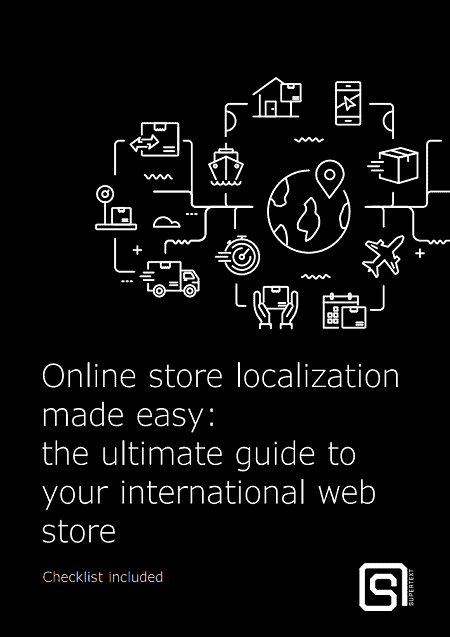Prepare the project correctly
Time is money. You’re paying for every hour that localization specialists spend preparing your texts and for any questions they have. Get your project on the right track from the start by thinking about internationalization as early as possible. Are the format and technical specifications correct, from currency programming and the text direction down to the international href-lang attribute? Or do you still need to clarify things or request alterations from the developers? The more you can organize early on, the shorter the localization stage will be.
This also applies to the content itself: the best way to prepare texts for localization is by shortening them and removing any jargon or slang. You should also clearly mark the areas of text that are specifically intended for the local target audience. To make things even clearer for the translator, include any source files or contextual information. In sum: avoid anything that could eat up time and lead to inconsistencies later. The time you’re saving with a smooth localization process can be confidently invested elsewhere.
Choose machine translation where possible
Your goal is to be multilingual. And there’s no reason you can’t economize on the way. In other words, you don’t need to give every sentence the same treatment. According to CSA Research, product reviews, navigation options and the customer support page are the most important content in website localization. These are also the areas with the most savings potential – and this is where machine translation comes in. User-generated content such as customer feedback doesn’t need to sound good – honest feedback is best, even when it’s blunt. And the same is true of the translation. Here, speed and intelligibility are more important than well-written, error-free texts.
As machine translation costs just a fraction of human translation, it’s a win-win scenario: 25% machine translation can mean up to 40% in total savings. With post-editing (revision by a human), you can eliminate the biggest blunders and also save more money to spend on translations where quality really matters.
Invest in useful technology
Various surveys from the last few years show that using CAT tools achieves 30% lower costs and shorter turnaround times for translations. It also improves quality and saves time internally.
Using technology also has other advantages: interfaces with CMS or PIM systems ensure maximum automation, increase project management efficiency and save money in the long term. Manual work is done away with and you can enter the market faster. What seem like higher costs at first – such as one-time account fees for a translation management system (TMS) – have actually been proven to increase the return on investment (ROI), as these services pay for themselves several times over in the long run.
Define deadline priorities
Alongside quality, you should also set priorities for deadlines. Concentrate on the areas that will make the greatest impact in the shortest amount of time. Market research or a quick look at your analytics can help: do most users enter your site via your homepage? Then start by localizing the navigation options. Are customers jumping ship at the checkout process? Then first look at localizing the payment and shipping options. The rest can be taken care of as you go.
If you’re continually localizing, you don’t have to wait so long to go live. You’re also doing your future self a favor. After all, an online retail store is always changing – from just a small content update to a whole new product collection. According to
CSA Research, 67% of people said they were happy with a website that is only half localized. So there is something to be said for proceeding strategically and resourcefully, rather than trying to do everything at once.
Title image via Twenty20
Cost-effective store planning? No problem – it’s our promise. Let’s talk.

Or read first how it all works
Our white paper will give you the answers you’re looking for about localizing your online store.
- – A guide to the most effective approach
- – Examples from previous projects
- – A checklist to get you going
